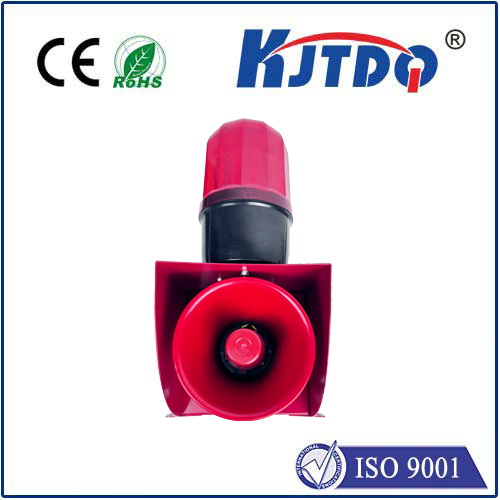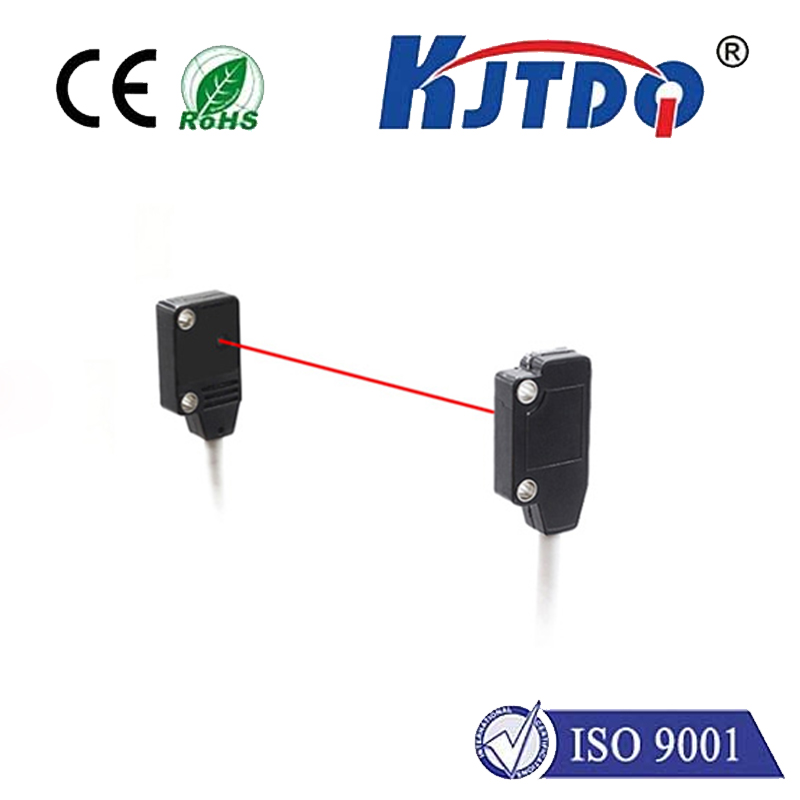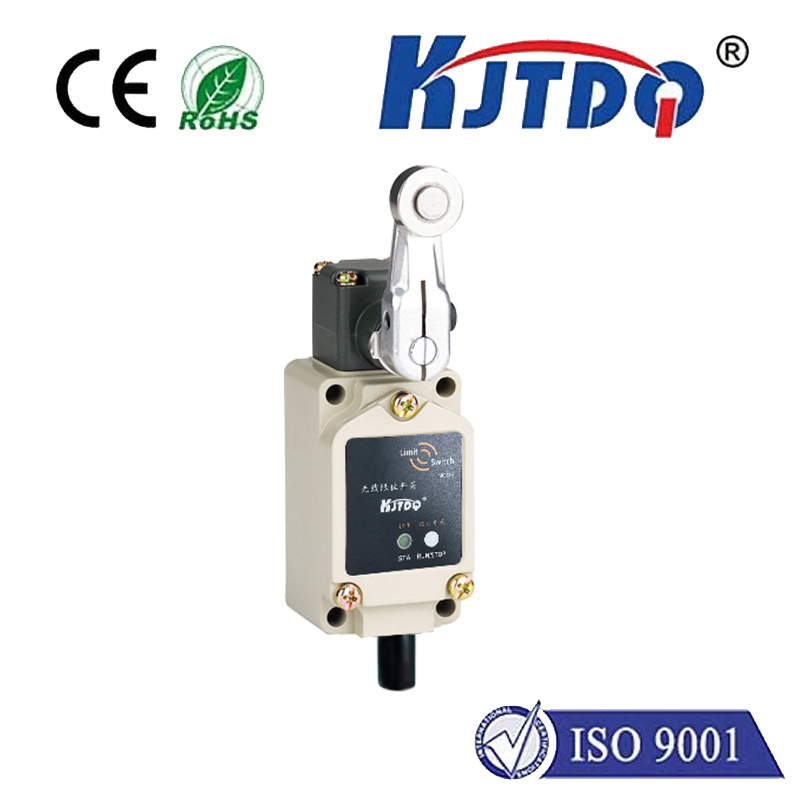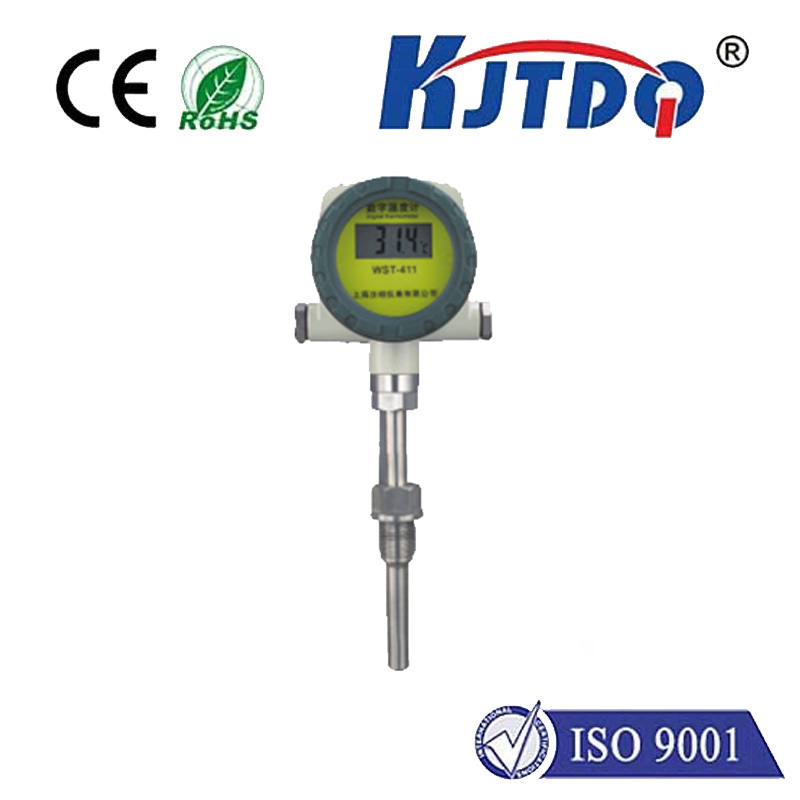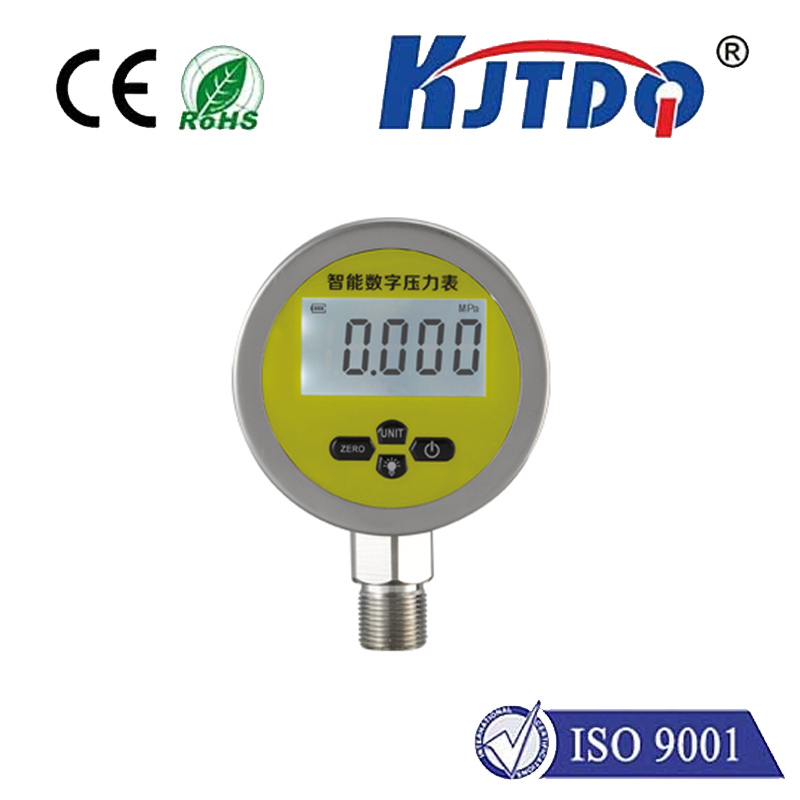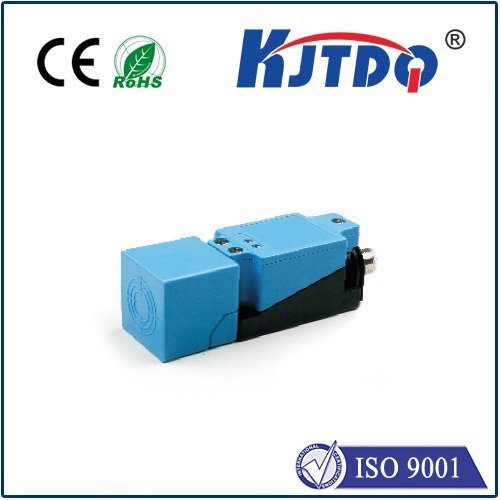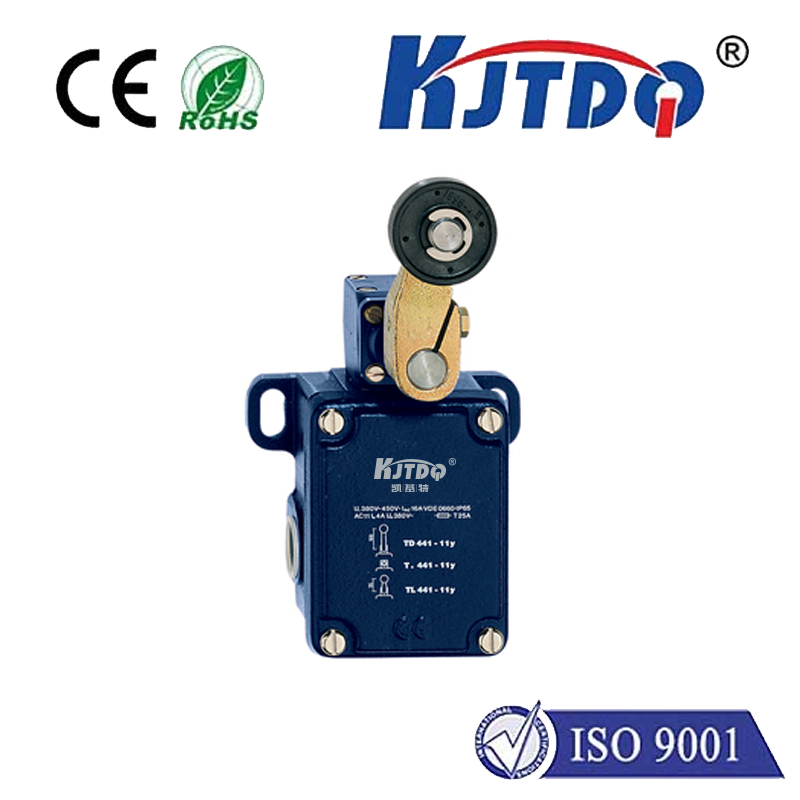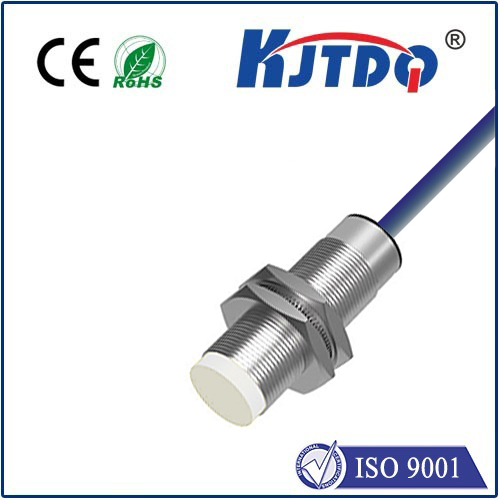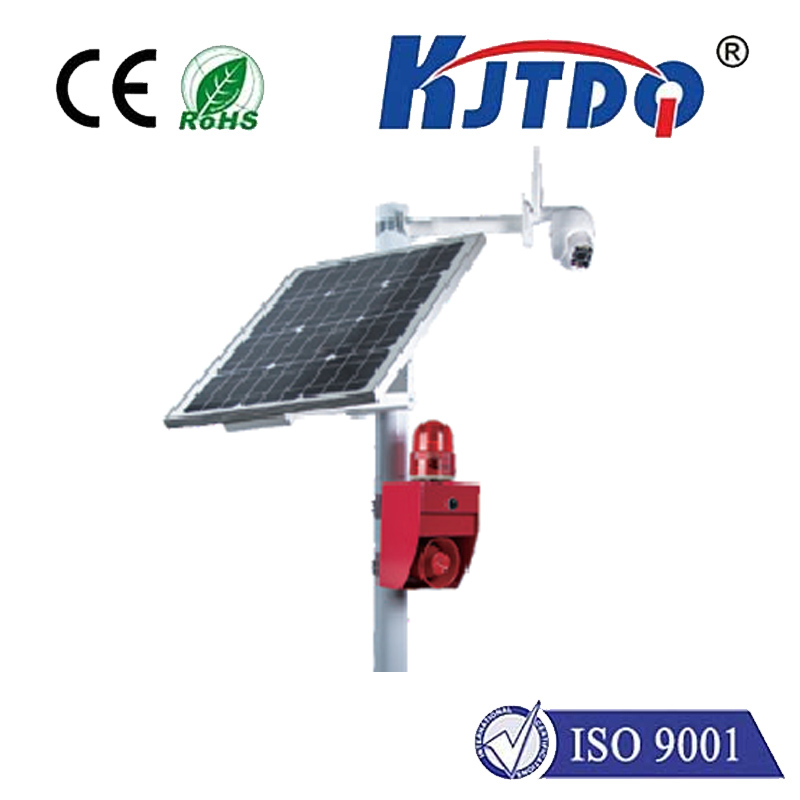
check

check

check

check
Title: The Evolution of Photoelectric Sensors: A Journey Towards Stronger and More Efficient Technology
Introduction
Photoelectric sensors have been a crucial part of modern technology, playing an integral role in various industries. These components are designed to detect changes in light intensity and convert them into electrical signals for further processing. Over the years, advancements in science and engineering have paved the way for the development of stronger photoelectric sensors that offer improved performance and efficiency.
The Need for Stronger Photoelectric Sensors

As technology continues to evolve at breakneck speed, there is an increasing demand for more robust and reliable components that can withstand the harsh realities of our fast-paced world. Industries such as manufacturing, automotive, and healthcare require photoelectric sensors that can operate under extreme conditions without compromising their accuracy or sensitivity. This has led to the development of stronger photoelectric sensors capable of handling these challenges.
Advancements in Photoelectric Sensors
One significant advancement in photoelectric sensors is the integration of nanotechnology. By incorporating nanoparticles into the sensor's design, researchers have been able to create devices that are not only smaller but also more efficient and sensitive. These nanoparticles help enhance the sensor's ability to detect changes in light intensity, leading to faster response times and higher accuracy rates.
Another area where progress has been made is in the use of materials science. Researchers are now experimenting with new materials that can improve the durability and longevity of photoelectric sensors. By using high-strength polymers or metals, these sensors can better withstand harsh environments and resist degradation over time. Additionally, some companies are exploring the use of composite materials that combine different types of metals or alloys to create a stronger and more resilient product.
Applications of Stronger Photoelectric Sensors
Stronger photoelectric sensors have numerous applications across various industries. In manufacturing, they are used for quality control processes, ensuring that products meet specific standards before they leave the factory floor. In automotive manufacturing, photoelectric sensors play a critical role in safety systems like anti-lock braking systems (ABS) and electronic stability control (ESC). They help detect obstacles on the road and alert drivers to potential hazards.
In healthcare, stronger photoelectric sensors are being utilized in medical devices such as pulse oximeters and blood pressure monitors. These sensors provide accurate readings of vital signs, which are essential for diagnosing and treating patients effectively. Moreover, they are being incorporated into wearable technology that can track a person's health metrics throughout the day, providing valuable data for doctors and researchers alike.
Conclusion
As we continue to push boundaries in science and engineering, it is clear that stronger photoelectric sensors will play an increasingly vital role in shaping our future. With advancements in nanotechnology and materials science, these sensors are becoming more durable, efficient, and reliable than ever before. As we move forward, it is exciting to think about the possibilities that stronger photoelectric sensors will bring to industries worldwide – from improving safety standards in transportation to advancing medical research and patient care.
